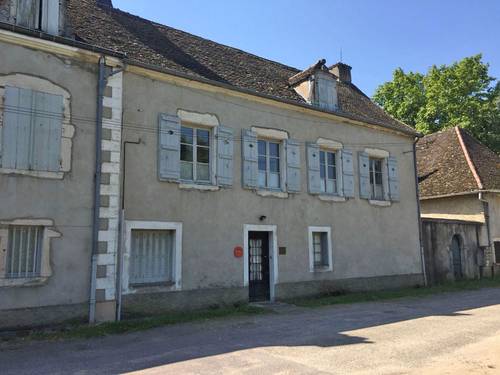The French scientist Nicéphore Niépce was obsessed for many years with an idea: fixing on a substance the images reflected at the bottom of a camera obscura. On September 16, 1824, he achieved an extraordinary breakthrough by capturing for the first time an image that he titled Views from the window of Les Gras, which is considered the first photograph.
In 2024, two centuries have passed since the invention of photography, which revolutionized the way we perceive and document the world.
Today, millions of images are captured a day with digital methods in a society in which images are predominant in communication and a fundamental basis for social networks, where almost 5 million are shared a day.
Niépce’s former home in Saint-Loup-de-Varennes, France, organized the exhibition Bicentennial of the invention of photography to celebrate the historic event, which traces the fascinating discovery and efforts of the visionary inventor to capture the first permanent image two centuries ago, according to this venue in Burgundy.
The house-museum is the site where the world’s first photograph was captured by its inventor. This site preserves the oldest photography workshop and laboratory in existence. Since 1999, excavations have been carried out to investigate original elements that the inventor worked on and discover the location of the window used to capture that first image.
The Quai de la Photo facilities in Paris hosted the exhibition that closed to the public on December 20. On the two floors of the center dedicated to photographic art, located on the bank of the Seine River, documents from the time, replicas of cameras and explanations about the process that led Niépce to that moment were placed.
In addition, faithful reproductions were presented with the use of the photographic processes he used. Scientific reconstructions show 19th century techniques. Collector Frédéric Hoch also lent some old equipment from his collection to the delight of technology history buffs.
Views from the window of Les Gras she was captured on the Niépce farm; The camera obscura allowed the landscape to be visualized on a pewter plate covered with Judean bitumen, a type of natural tar. After hours of exposure to sunlight he managed to fix both sides of the buildings. Today, this work is on display at the Harry Ransom Research Center at the University of Texas at Austin.
Niépce called his invention, the first photographic procedure, heliography. The images were achieved by spreading Judean bitumen on a silver plate and the exposure time took days. Until then, boxes with a hole projecting the image in the background had been used only as tools for drawing with precision and perspective.
After years of experimentation with different substances and support materials, such as stone or glass, with many failures along the way, in 1824 he managed to create heliography, which would give way to photography. On September 16, 1824, he wrote a letter to his brother Claude to announce that he had completed his results of the view from the room.
The image of objects is represented with astonishing clarity and fidelity, down to the smallest details and most delicate nuances.
told about the effect that It really has something magical
.
Joseph-Nicéphore Niépce was born in 1765 in Chalon-sur-Saone. From his youth he was passionate about science and carried out experiments that led to other inventions, such as an earlier version of the bicycle and a boat engine. Unfortunately, he was unable to enjoy the results of his work on the images, as he died in 1833.
Louis Daguerre took advantage of the advances to spread this new emerging art in the 19th century.
